What to Expect During The Summer of the Cicada
If the Great Northern American Eclipse wasn’t enough excitement for you, there’s another once-in-a-lifetime event to look forward to this year — one with quite a few more bugs.
This spring, a cicada phenomenon will take place when two broods — Brood XIX and Brood XIII — emerge from the ground at the same time. Trillions of cicadas will take to the trees across the eastern and southern United States, an occurrence last seen in 1803. From the loud sounds to the strange-looking insect shells, here’s everything you need to know about this cicada spectacle.
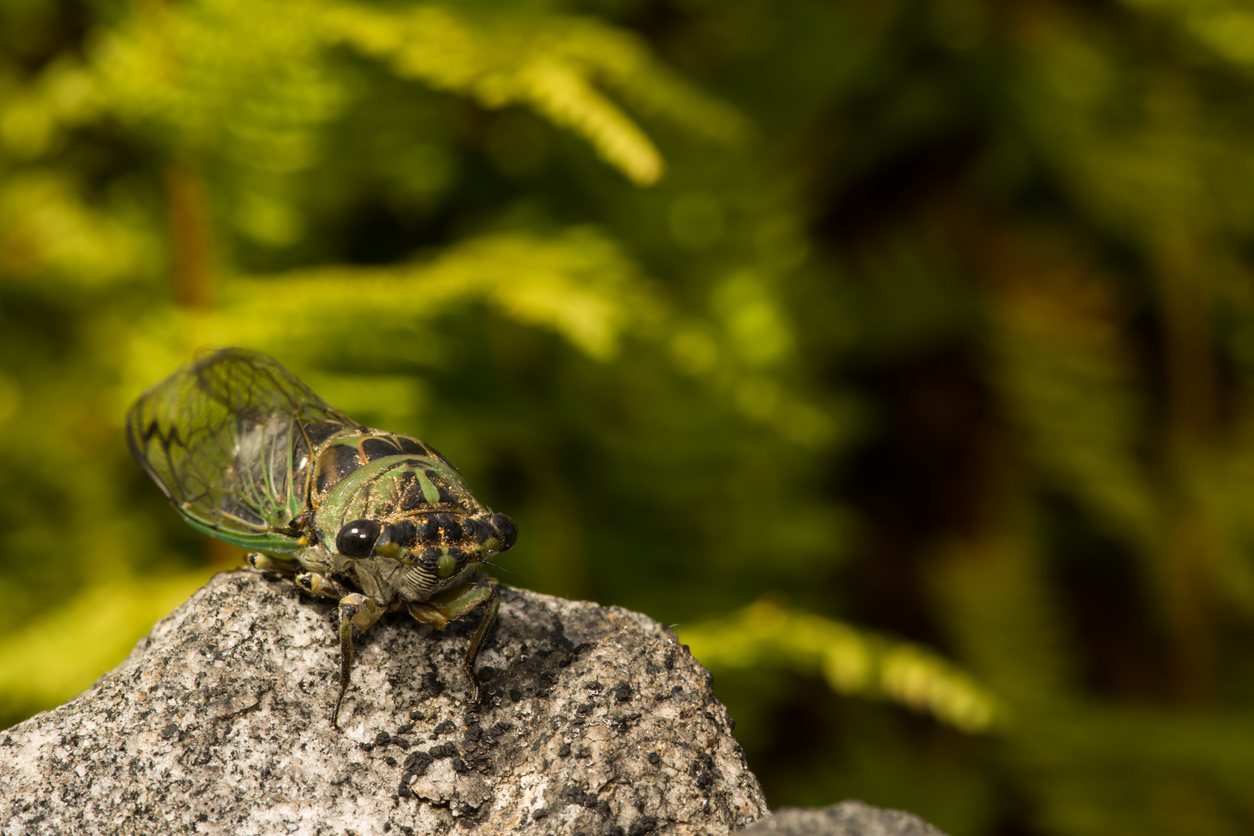
How Often Do Cicadas Come Out?
Known for their loud buzzing calls, cicadas are winged insects with round bodies. Cicadas can be divided into two main types: annual and periodical.
As their name implies, annual cicadas come out every year, typically in July or August. They are darker in color and have green in their bodies and wings.
On the other hand, periodical cicadas appear in either 13 or 17-year cycles, and they arrive in much larger droves. These insects have striking red eyes, making it easy to tell them apart from their more common relatives.
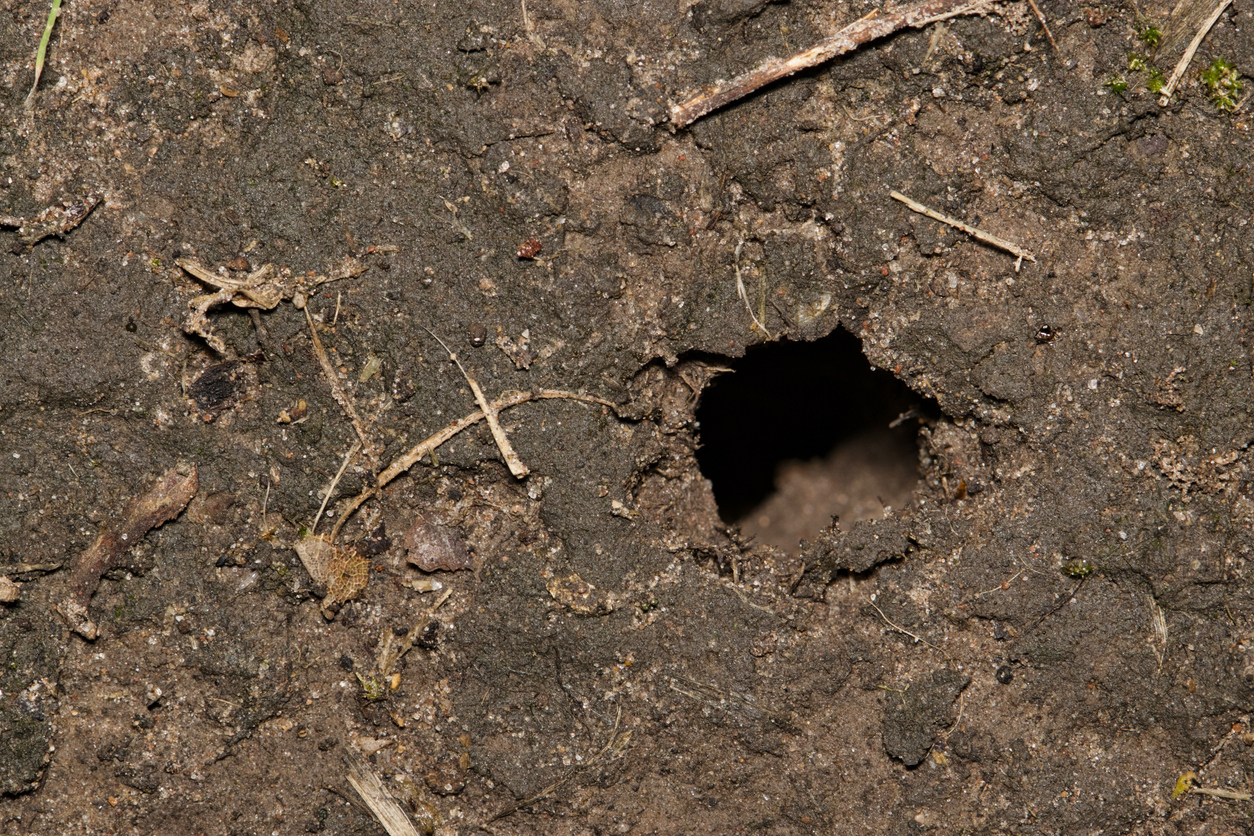
When Will the Cicadas Emerge?
After spending years of their lives underground, periodical cicadas will burrow through the soil and come above ground when the weather gets warm. Depending on where you live, this usually happens in early to mid-May, but it could be even sooner.
If you spot holes in the ground that are about an inch wide but haven’t seen or heard any of these noisy insects yet, it’s a sign they’re just a few days away from emerging. You can even take a peek into the hole for a chance to see one waiting underground for the temperature to get just right.
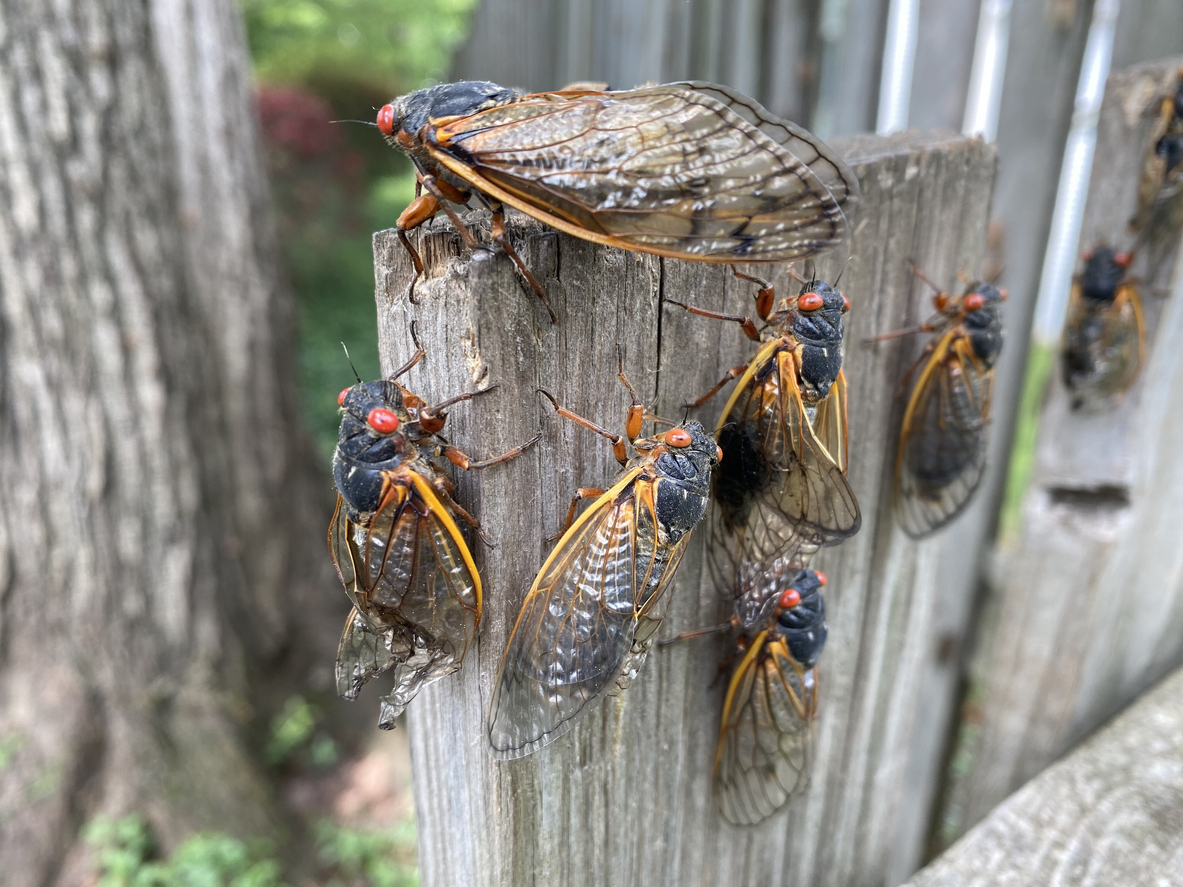
Why Is This Year So Special?
While periodical cicada broods appear every few years, it’s been 221 years since two emerged at the same time. This means a much larger area of the United States will experience more cicadas than usual, but thankfully, the two broods don’t overlap much.
You’ll find Brood XIX cicadas in southern states like Alabama, Georgia, North and South Carolina, Tennessee, southern Illinois, and surrounding areas. Brood XIII will appear in areas like Michigan, Indiana, and northern Illinois, making the Prairie State the one place you can find both broods.
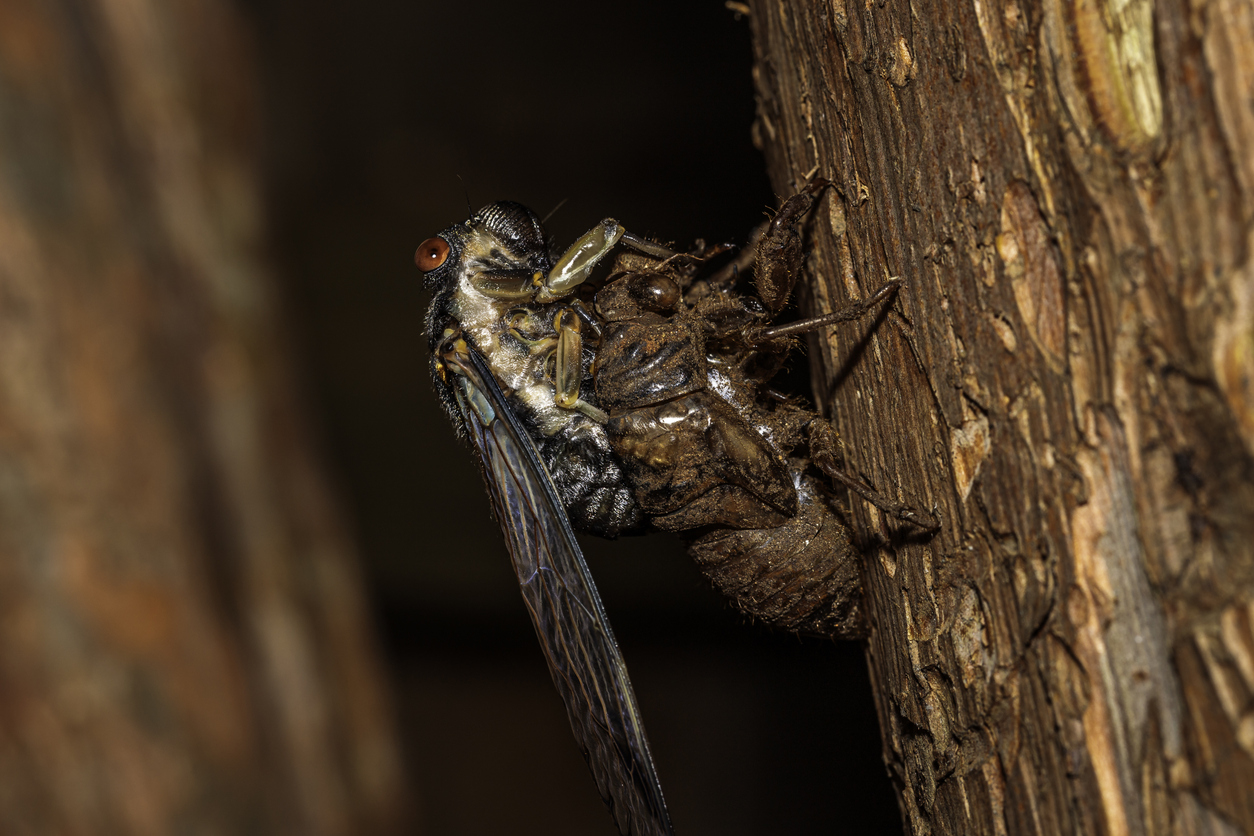
When Will the Cicadas Leave?
Once cicadas emerge from the ground, they’re nearing the end of their life cycle, so their goal is to mate and lay eggs before they die. They’ll molt one final time, leaving behind a brittle exoskeleton on trees, fences, and buildings.
Over the next 4-6 weeks the mating frenzy will be in full force, and you’ll hear the characteristic buzzing calls of male cicadas as they attempt to attract mates. After mating, female cicadas will lay their eggs in tree branches. Once the eggs hatch, the nymphs drop to the ground and burrow into the soil, disappearing for another 13 or 17 years.
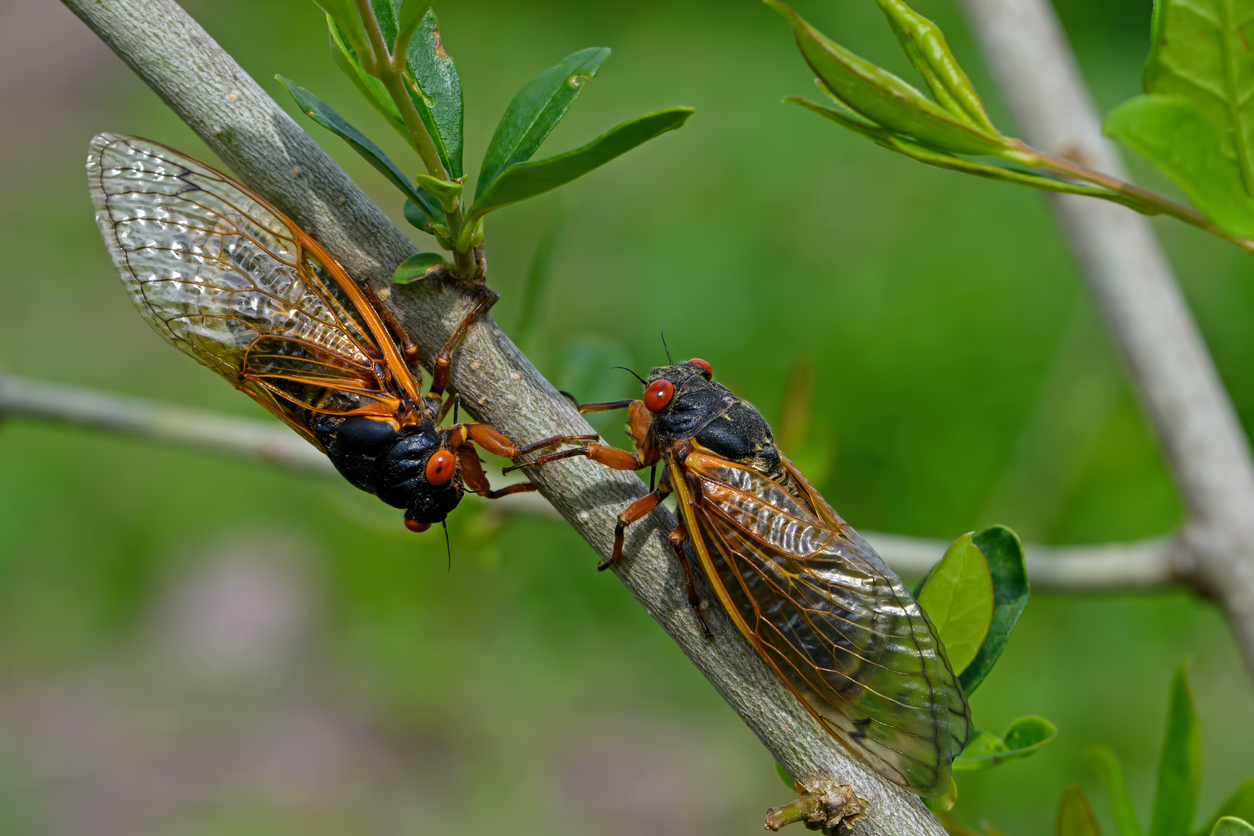
Are Cicadas Harmful?
Despite their sheer numbers, cicadas are harmless to humans and pets. While they may cause some damage to trees during egg-laying, this typically doesn't pose a threat to the overall health of mature trees. However, young trees and shrubs are more vulnerable, so consider covering these plants with netting if you’d like to protect them.
Cicadas and Other Pests
With billions of new bugs on the scene, you can expect an insect-filled few weeks.
Due to their size and slow speeds, cicadas become a temporary new favorite food for birds. While this helps reduce the cicada population, it also means you may see more crickets, beetles, and moths, the bugs birds usually eat.
While we invite you to take in and enjoy this rare double brood event, we’re still ready to go Beyond The Call for all your other pest control needs. Contact us today to make your summer as insect-free as possible.







 YouTube
YouTube Facebook
Facebook Twitter
Twitter